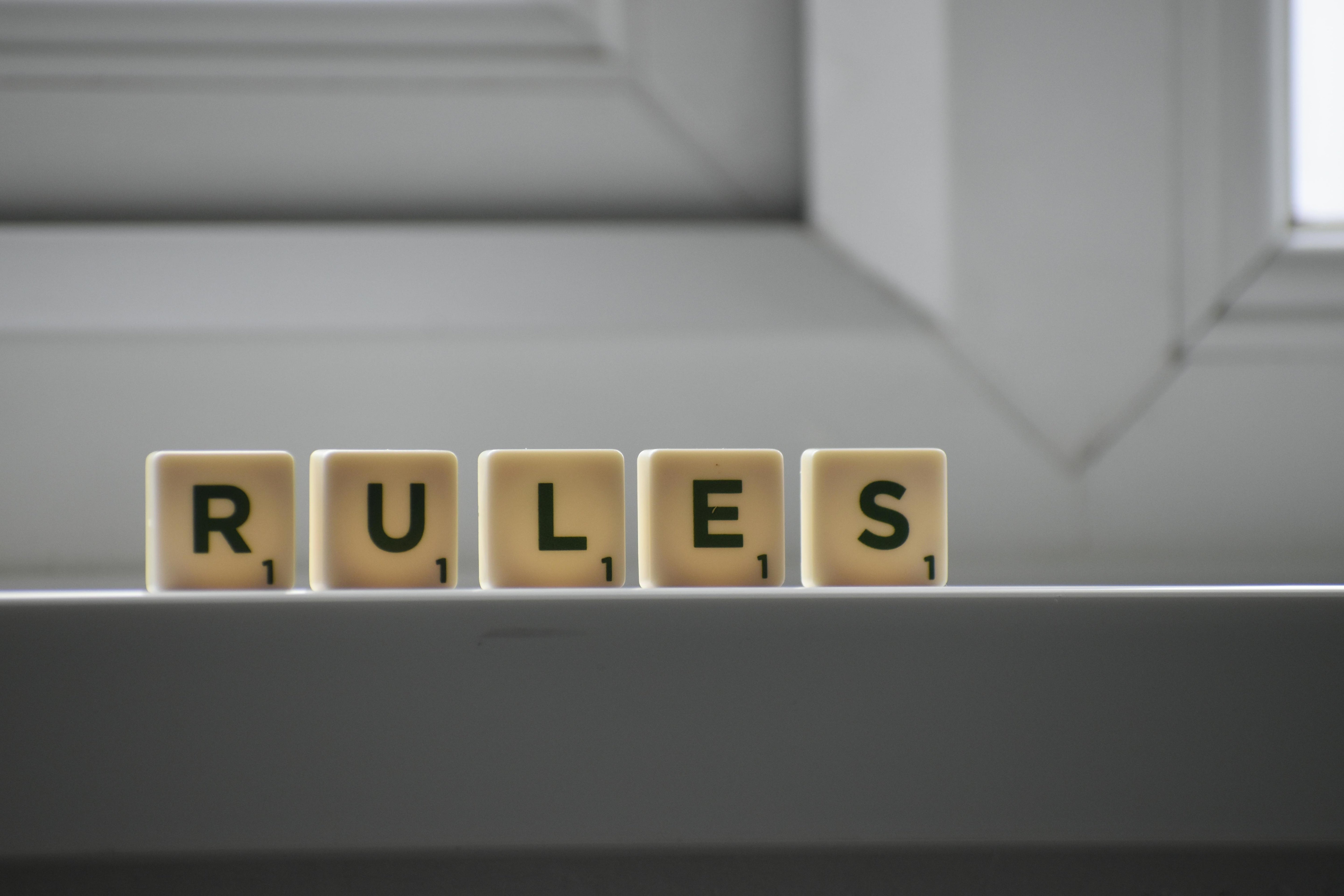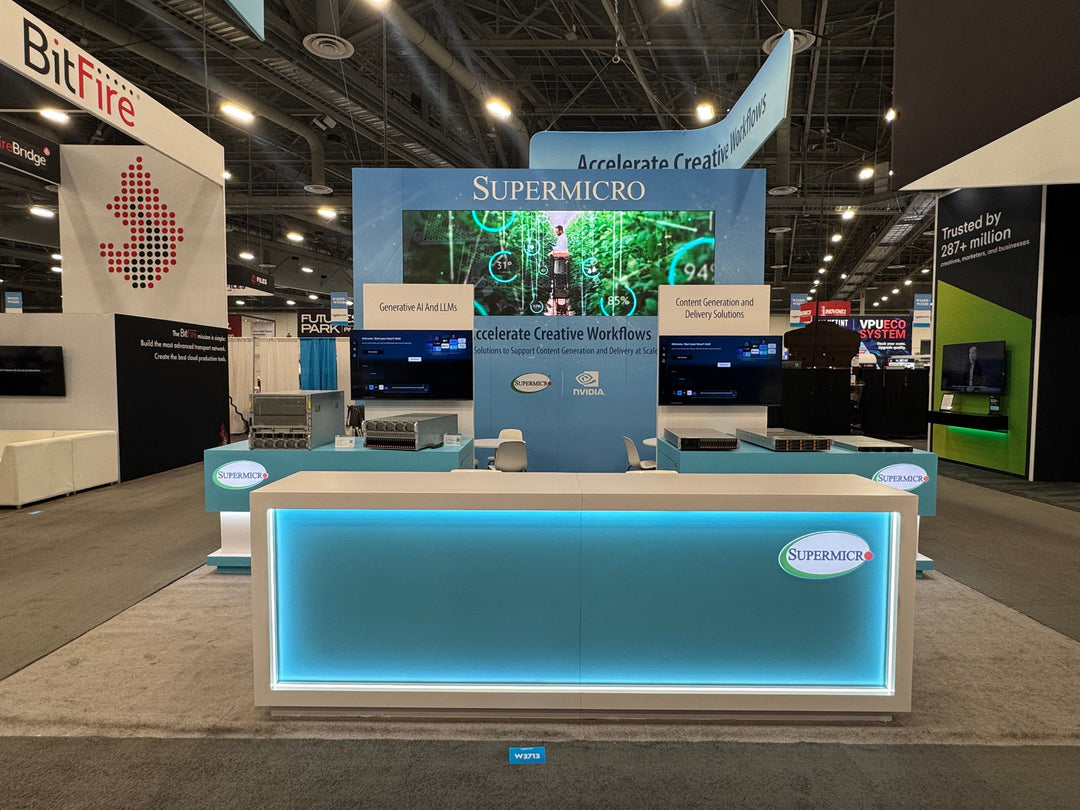Trade shows are high-stakes opportunities for businesses to generate leads, build brand awareness, and showcase products or services to a highly targeted audience. But behind the glossy booths and exciting presentations is a complex network of logistics—and union labor regulations are a big part of that equation.
If you're preparing for a trade show, especially in major convention cities like Las Vegas, Chicago, or New York, it's essential to understand the role union labor plays in booth setup, teardown, and on-site services. Navigating these rules properly can save you time, reduce costs, and help you avoid costly penalties or delays.
In this comprehensive guide, we'll walk you through the essential things every exhibitor should know about union labor rules, how they vary by location, how to prepare, and how KSM Exhibits helps streamline this often-overlooked part of trade show planning.
Why Union Labor Rules Matter at Trade Shows
Ensuring Compliance and Efficiency
Union labor rules are not just suggestions—they’re legal and contractual obligations in many convention centers. Violating these rules can result in fines, delays, or removal from the event.
Most major trade show venues are governed by collective bargaining agreements (CBAs) between unions and facility management. These agreements dictate who can perform specific tasks on the show floor—like installing signage, laying carpet, or plugging in electrical components.
Understanding and complying with union rules ensures a smoother, more efficient move-in and move-out experience.
Protecting Exhibitor Interests
While union labor may seem restrictive at first, these rules are designed to maintain safety standards and ensure high-quality work. Trained professionals are on hand to handle complex rigging, electrical work, and construction tasks that could otherwise pose liability issues for untrained staff.
Common Types of Union Labor at Trade Shows
Different unions cover different functions on the show floor. Here are the key players you’ll likely encounter:
1. Carpenters
Carpenters typically handle:
-
Booth structure assembly and dismantling
-
Crate handling and uncrating
-
Carpet installation
-
Hanging signs and rigging overhead components
2. Teamsters
Teamsters are responsible for:
-
Material handling (a.k.a. "drayage")
-
Forklift operation
-
Loading and unloading trucks
3. Electricians
Electricians manage:
-
Power connections and distribution
-
Lighting installations
-
Audio/visual equipment requiring electricity
4. Riggers
Riggers handle:
-
Heavy lifting
-
Hanging large or complex structures
-
Precision equipment placement
5. Decorator Services
Often provided by the general contractor, these laborers manage:
-
Booth carpeting (if not handled by carpenters)
-
Furniture setup
-
Pipe and drape structures
Location-Specific Union Rules: What to Expect in Major Cities
Union rules vary significantly depending on the city and venue. Here's a snapshot of what to expect in key trade show destinations:
Las Vegas
-
More relaxed than other cities.
-
Exhibitors can usually set up their own 10x10 booths without union labor, provided no tools or ladders are used.
-
Electrical and rigging must still be performed by union workers.
Chicago (McCormick Place)
-
One of the strictest in the U.S.
-
Most installation, dismantling, and material handling requires union labor.
-
Exhibitors can do some work themselves if it takes less than an hour and involves no tools.
New York (Javits Center)
-
Generally strict.
-
Only union labor can perform booth setup that requires tools or involves complex assembly.
-
Material handling must be performed by union teamsters.
Anaheim or Orlando
-
Typically more flexible.
-
Exhibitors often have more freedom to install lightweight exhibits.
Pro Tip: Always review the Exhibitor Services Manual in advance—it will outline specific union jurisdictions and rules for your show.
Best Practices for Working with Union Labor
1. Know What You Can and Can’t Do
Before you step onto the show floor, understand your rights as an exhibitor. For example:
-
You may be allowed to carry items in by hand (no wheels).
-
You may be permitted to install small graphics or electronics without assistance.
2. Schedule Labor in Advance
Pre-ordering labor through the show’s general contractor is often more affordable than requesting it onsite. Last-minute requests may lead to delays or higher “straight time” or “overtime” fees.
3. Understand Labor Rates and Timing
Labor costs are typically billed in blocks (e.g., 1-hour minimum) and vary based on:
-
Straight Time: Regular business hours
-
Overtime: Before 8 AM or after 5 PM, weekdays
-
Double Time: Weekends and holidays
Knowing the labor schedule can help reduce unnecessary charges.
4. Communicate Clearly
Work with your exhibit partner (like KSM Exhibits) to develop a detailed installation plan. Label all components, provide setup instructions, and designate an onsite supervisor to oversee the process.
5. Build Relationships with Crew
If you’re a frequent exhibitor, getting to know the union workers can make future setups smoother. Respect, clear communication, and appreciation go a long way.
How KSM Exhibits Supports You in Navigating Union Labor
At KSM Exhibits, we’ve managed countless installations in union-heavy cities and understand the nuances of labor rules across different venues.
Here’s How We Help:
✅ Pre-Show Planning
-
We review the Exhibitor Services Manual for you.
-
We identify tasks requiring union labor and plan accordingly.
-
We help schedule labor in advance to reduce cost and stress.
✅ Onsite Supervision
-
Our team is on the ground to ensure your booth is built to spec, on time, and without conflict.
-
We act as a liaison between your team and the union workers.
✅ Streamlined Booth Design
-
We design with union rules in mind—using modular systems and fast-setup materials that reduce dependency on union labor where possible.
-
Our designs minimize complexity to lower labor hours.
✅ Transparent Cost Estimates
-
We help you anticipate labor costs during the quoting stage, so there are no surprises later.
✅ Post-Show Debriefs
-
We analyze what worked well and what could be improved.
-
Our goal is to make each subsequent show smoother and more cost-effective.
FAQs About Union Labor for Exhibitors
Q: Can I set up my own booth?
A: It depends on the city and size of the booth. In Las Vegas or Anaheim, you can often set up small booths yourself. In Chicago or New York, union labor is likely required.
Q: Can I plug in a monitor or light?
A: In most union-regulated venues, no—this is considered electrical work and must be done by a union electrician.
Q: What happens if I violate union rules?
A: You may be fined or have your materials confiscated. Repeated violations can jeopardize your future participation.
Q: Is union labor more expensive?
A: It can be, but strategic planning and an experienced partner like KSM Exhibits can help minimize costs.
Final Thoughts: Plan Ahead, Partner Smart
Union labor rules are a critical—yet often overlooked—part of trade show planning. Whether you’re a first-time exhibitor or a seasoned veteran, ignoring these regulations can lead to unnecessary expenses and stress.
By educating yourself, preparing ahead of time, and partnering with an experienced booth provider like KSM Exhibits, you’ll ensure your exhibit is compliant, efficient, and impactful.
Let us handle the complexities so you can focus on showcasing your brand.
📞 Ready to Exhibit Smarter?
KSM Exhibits has decades of experience working with union labor in every major trade show market. From custom design to full-service labor coordination, we simplify your exhibit journey from concept to teardown.
Contact us today to discuss your next show. Let’s create a stunning, compliant, and stress-free experience together.





